

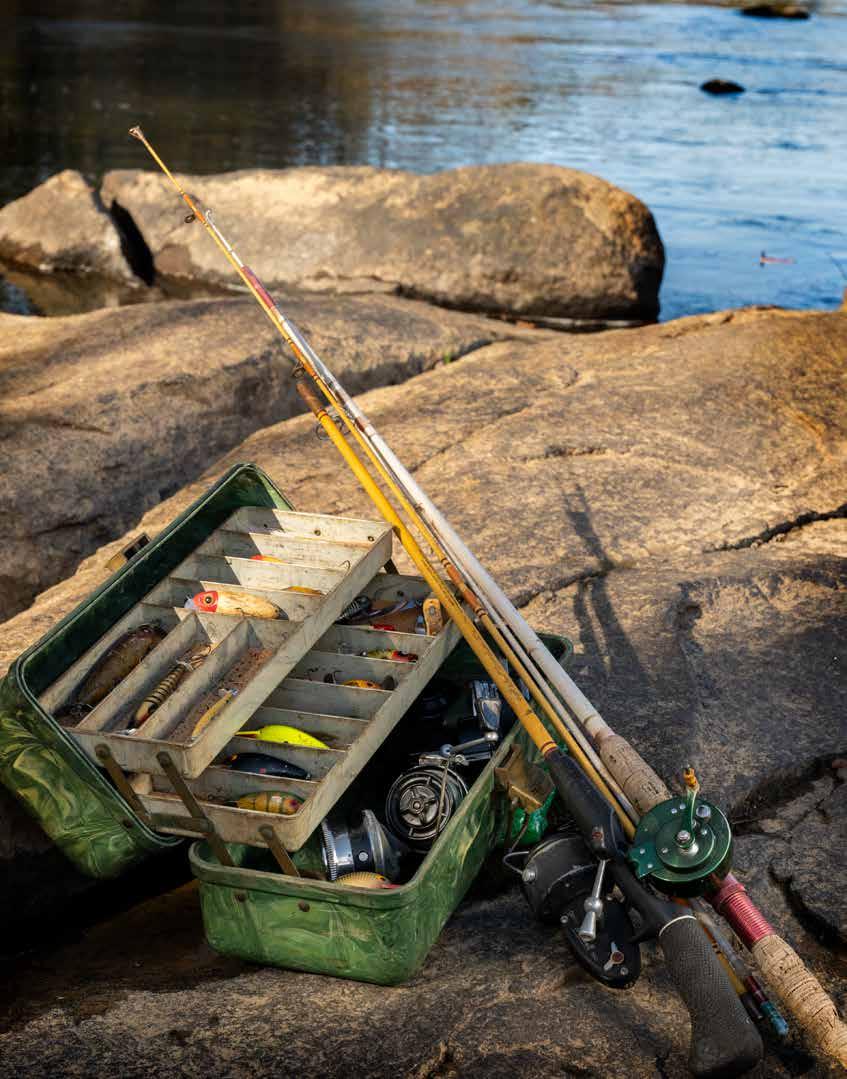
70 anniversary TH Carolina J a n u a r y - F e b r u a r y 2 0 2 4 South Wildlife
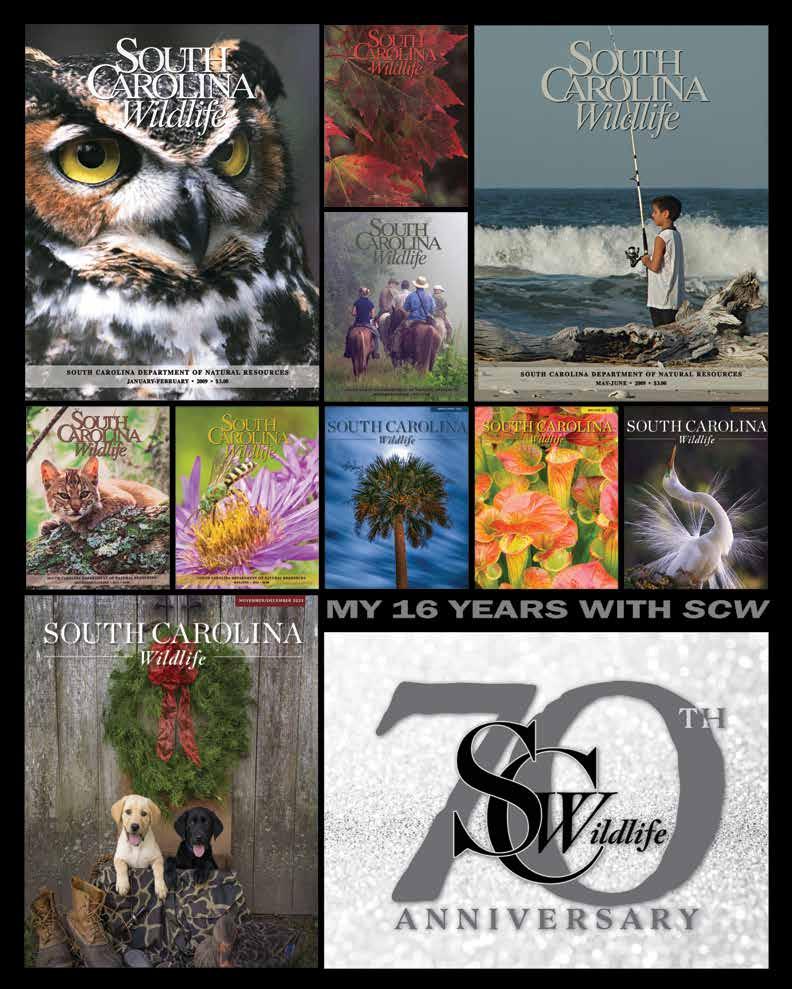 This poster was designed by Art Director Kathryn Badal Diaz to celebrate South Carolina Wildlife’s seventieth anniversary and her sixteen years designing SCW magazine. See page 54.
This poster was designed by Art Director Kathryn Badal Diaz to celebrate South Carolina Wildlife’s seventieth anniversary and her sixteen years designing SCW magazine. See page 54.
SCDNR
Henry McMaster, Governor of South Carolina
S.C. DEPARTMENT OF NATURAL RESOURCES BOARD
Dr. Mark F. Hartley
First Congressional District; Mount Pleasant
Michael E. Hutchins, Vice Chairman
Second Congressional District; Lexington
Jake Rasor Jr.
Third Congressional District; Clinton
Norman F. Pulliam, Chairman
Fourth Congressionval District; Spartanburg
James Carlisle Oxner III
Fifth Congressional District; Union
Duane M. Swygert
Sixth Congressional District; Hardeeville
Jerry A. Lee
Seventh Congressional District; Johnsonville
S.C. DEPARTMENT OF NATURAL RESOURCES
Robert H. Boyles Jr. Director
Shannon Furr Bobertz, Esq.
Chief of Staff
Deputy Directors
Col. Chisolm Frampton
Law Enforcement Division
Emily Cope
Wildlife and Freshwater Fisheries Division
Ken Rentiers
Land, Water and Conservation Division
Blaik Keppler
Marine Resources Division
MAGAZINE STAFF
Joey Frazier, Executive Editor
Cindy Thompson, Editor
Kathryn Badal Diaz, Art Director
Phillip Jones, Photographer Emeritus
DIRECTIONS
“SOMEONE IS SITTING IN THE SHADE TODAY BECAUSE SOMEONE PLANTED A TREE A LONG TIME AGO.” — WARREN BUFFETT
The beginning of the year has me thinking about choices: perhaps this is the year that I will finally get serious about eating healthier, about exercising more regularly, about reconnecting with an old friend who I haven’t spoken with in years. For many of us, the new year is when we resolve to do better, to live better, to be better people. Far be it from me to dissuade anyone from embarking on a journey of self-improvement, but many experts suggest that these resolutions, and the motivation behind them, often fail. Why they fail, and methods to overcome the propensity to abandon those commitments, have become a more-than-cottage industry in this day and age. Nevertheless, I will likely engage in a discussion or two about what I hope/plan to do differently in 2024, and I hope that you find encouragement and support as you work to improve your lot in the new year.
The new year, and the holidays that have just passed, also have me reflecting on the many joys and accomplishments that we have collectively experienced as we work to build a durable natural resources stewardship ethic in South Carolina. This edition of South Carolina Wildlife is a special issue commemorating our 70th anniversary. While we cannot know precisely what the magazine’s founders imagined when the first edition of SCW was published, I sense that they had an idea to raise public awareness and bring evocative wildlife and natural resources stories to a post-war South Carolina that was rapidly changing, growing, and in many ways in jeopardy of losing its distinctive natural qualities. Here, seventy years later, we can look back with pride that we have enjoyed some success in conservation — witnessed successful restoration efforts with white-tailed deer and Eastern wild turkey, nearly 1.3 million acres set aside for public outdoor recreation in a vibrant Wildlife Management Area program, successful land and water conservation programs in every county of the state, growing awareness and protection of coastal marshes and wetlands, and a publication that has won awards throughout its seventy years. As Mr. Buffett suggests, it is clear that we here in South Carolina are today enjoying the shade wrought by our forebears’ efforts to “plant trees” during the seventy-year lifespan of South Carolina Wildlife.
As we celebrate seventy years of publishing this magazine and we look to the year ahead, our challenges in natural resources stewardship remain. The state continues to enjoy a vibrant economy and a growing population. Many of us still worry that our natural resources ethic and culture are in jeopardy of being lost in the face of this boom, that were we to be able to magically transport ourselves seventy years into the future — into the year 2093 — we may not recognize what South Carolina had become. As we look with anticipation on the year ahead and recognizing that “natural resources conservation is a team sport,” let’s bear in mind the old maxim that “the best time to plant a tree was twenty years ago. The second-best time is today.”
 — Robert H. Boyles Jr., Director South Carolina Department of Natural Resources
— Robert H. Boyles Jr., Director South Carolina Department of Natural Resources
January-February 2024 1 Equal opportunity to participate in and benefit from the programs and activities of the South Carolina Department of Natural Resources is available to all individuals regardless of age, race, religion, color, sex, national
disability, sexual orientation,
as a parent and protected genetic information. Please direct any questions to the SCDNR Office of Human Resources, P.O. Box 167, Columbia, SC 29202, (803) 734-4400, or the U.S. Fish and Wildlife Service, Office of Diversity and Civil Rights, 1875 Century Boulevard, NE, Atlanta, GA 30345, (404) 679-7080/7148. South Carolina Wildlife (ISSN 0038-3198) is published bimonthly by the Office of Media and Outreach of the South Carolina Department of Natural Resources, 1000 Assembly Street, Rembert C. Dennis Building, Columbia, SC 29201. January-February 2024, Vol. 71, No. 1. Copyright © 2024 by the South Carolina Department of Natural Resources. No part of the contents of this magazine may be reproduced by any means without the consent of South Carolina Wildlife. Manuscripts or photographs may be submitted to The Editor, South Carolina Wildlife, P.O. Box 167, Columbia, SC 29202-0167, accompanied by self-addressed envelopes and return postage. The publisher assumes no responsibility for unsolicited material. Subscription rate is $18 per year; Canada and foreign rate $24. Canceled subscriptions will not be refunded. Preferred periodicals postage paid at Columbia, SC, and additional mailing offices. Circulation: 1-800-678-7227; Editorial: (803) 734-3967; Website: www.scwildlife.com. POSTMASTER: Send address changes and inquiries to South Carolina Wildlife, Circulation Department, P.O. Box 167, Columbia, SC 29202-0167. The South Carolina Department of Natural Resources’ mission is to serve as the principal advocate for and steward of South Carolina’s natural resources
origin,
status
website:
www.dnr.sc.gov

4 Through the Lens
text by Joey Frazier
For seventy years, South Carolina Wildlife has featured images from some of the best outdoor photographers ever to pick up a camera.
10 On the Fly by
Scott Keener
Celebrating South Carolina Wildlife's seventieth and Bartram's bass with this one-of-a-kind topwater fly.
12
The Chase by Cindy
Thompson
A story about a beagle, a rabbit and a writer. The Bird Hunters by Joey Frazier
Wild birds and the hunters who chase them may be declining in numbers, but their stories only get better with time.
20 Sometimes, You Can Go Back Again by
26
Joey Frazier
The spring cover of 1954 is recreated with the chance meeting of SCW staff and the angler in the photo!


28 A Song for South Carolina
Thompson
As with a perfectly tuned wooden guitar, a chorus of sounds can be heard in the piney woods of the South.
Published by the South Carolina Department of Natural Resources SCDNR website: www.dnr.sc.gov SCW digital publications: www.scwildlife.com www.southcarolinawild.org South Carolina Wildlife magazine is dedicated to the conservation, protection and restoration of our state’s wildlife and natural resources, and to the education of our people to the value of these resources. 70 anniversary TH
by Cindy
34 Upon Wings of Words
Gallop through time with this Georgia-lina writer as he takes flight across Carolina bays, swamps, ancient trees and river bottoms.
Photography

January-February 2024 5
TEXT BY JOEY FRAZIER
CYPRESS TREES IN THE SANTEE LAKES, photo by Ted Borg
As I look around my office, I am greeted every day by sixteen, fivedrawer filing cabinets filled with 35mm color slides. These are not just any random images, these are the archives from seven decades of South Carolina Wildlife imagery from the some of the best photographers to carry a camera. From the time I started college, I wanted to be one of these guys.
My first camera was a Polaroid Square Shooter that recorded fuzzy images on instant film packs as long as you had plenty of flashcubes to light the subject. That was in the early 1970s. Later, in high school, I was using my dad’s Kodak Retina 35mm rangefinder. It was a really cool camera – all manual. I learned pretty fast that outside in full sun, a 125 shutter speed at F/5.6 would usually give me a decent image with Kodak Plus-X 125 film. The flash system required single-use bulbs that got extremely hot once they flashed. I burned my fingers a lot with these things, but still I loved being behind the viewfinder instead of in front of the lens. So that was it. The die was cast. I wanted to be a photographer.
By the time I was fifteen years old, I got distracted by my 1967 Camaro and my 1978 Les Paul guitar. The one thing that kept me interested was a magazine my grandfather kept by his chair: South Carolina Wildlife. Although I would not meet Ted Borg for four decades, I knew his name and his work before I graduated high school.
Ted, along with Art Carter, Phillip Jones, Jim Goller, Robert Clark, Michael Foster, Stewart Grinton and a few more made every issue of that little outdoor magazine come to life with incredible images that offered me a chance to see South Carolina in a different light (a little photography joke). If you have read our magazine for any length of time, I’ll bet you know those names and the best of their images by heart, too. More than just photographers, these men were/ are photographic artists. They knew the rules of composition and understood the nuances of recording reflected light, that is, after all what photographers do at its most basic level. Although they used the most

advanced equipment of their day, it seems rudimentary compared to even the hobbylevel, digital cameras of the twenty-first century.
A Graflex 4x5 Speed Graphic press camera produced the earliest images from the 1950s. Later, a twin-lens Mamiya medium format camera and several different Nikon F model 35mm cameras came with Ted Borg as he revolutionized
SCW magazine in 1971 with his stunning photos of outdoor action and scenic beauty from tail-walking bass and majestic whitetailed deer to breath-taking fall color along our northwestern corner and stately live oaks dripping with Spanish moss in South Carolina’s storied Lowcountry.
Ted hired the best photographers of the day and equipped an SCDNR studio and dark room with the best equipment, too.
6 South Carolina Wildlife
FALL COLOR IN THE MOUNTAINS, photo by Jim Goller
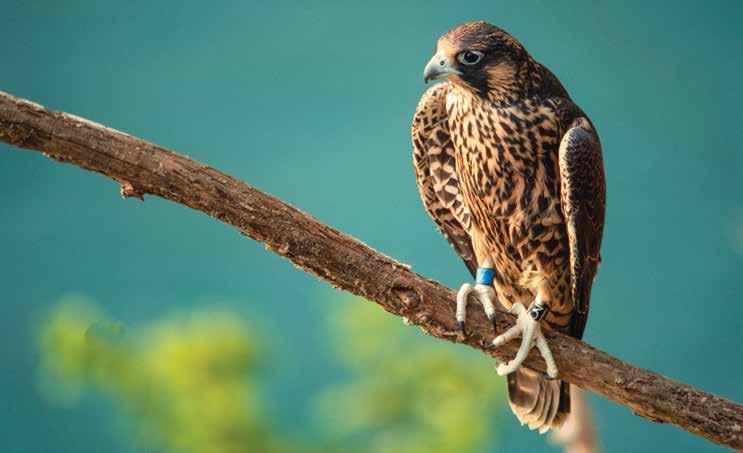
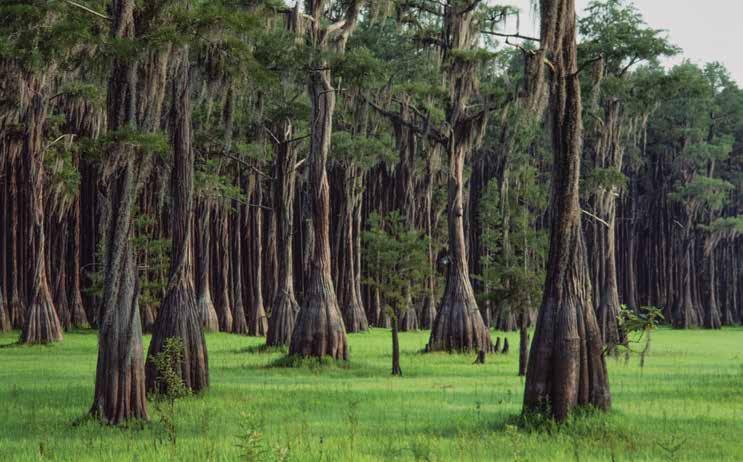
January-February 2024 7
PEREGRINE FALCON, photo by Michel Foster
CAROLINA BAY, photo by Robert Clark


Some of those old camera bodies and lenses sit in my office. I pick them up occasionally and look through the viewfinder, half expecting to see some of Ted’s images play back as if looking through an old ViewMaster toy.
Phillip Jones, who stayed with the agency the longest, shot more covers than any other photographer. Art Carter, a master of setup shots and abstract patterns in nature,
only stayed a while before departing for a national magazine. Jim Goller was perhaps the best studio portrait photographer, and Robert Clark and Michael Foster knew how to take advantage of existing light and shadow to create art on celluloid film. These guys are still the best of the best, at least in my book.
On these pages are a few of the images that I remember from many decades of
reading SCW. I hope you enjoy seeing them again. I know that I do, and they still astound me as I consider the craftsmanship and ingenuity that went into the making of these photographs.
In December 2018, SCDNR video staff even recorded a short video of some of these photography trailblazers for SCW magazine’s 65th anniversary celebration. (Scan the QR code to see it.) As I listened
8 South Carolina Wildlife
VINTAGE HUNTING GEAR, photo by Art Carter FALL LEAVES, photo by Robert Clark

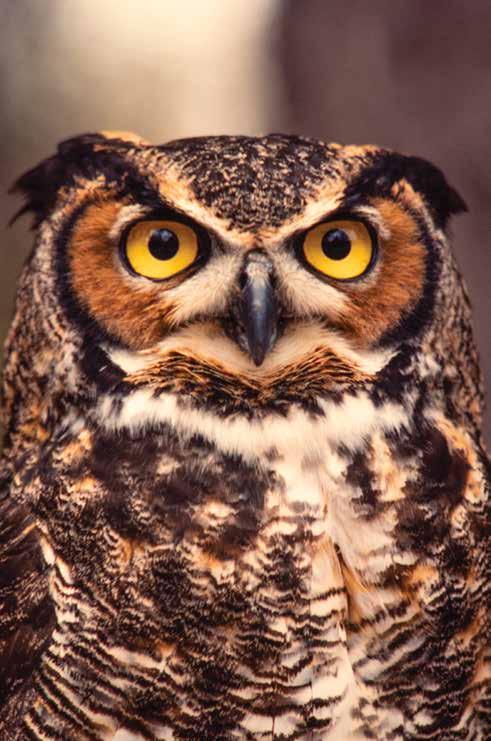
to every word, trying to learn from the masters of this art, I could not help but be overwhelmed in their presence. Although I still try to shoot images to illustrate my own stories, I always feel that I have to work hard to keep the minimum standard they set for this magazine. So, I occasionally call on a few of them who still are local to help me out when it’s the picture that really tells the story. And if you need
a story, these guys have many to tell, and oftentimes their stories are about Ted Borg. Although Ted passed away in 2021, he lives on in the images he recorded that continue to show up in SCW every now and again.
When I first met Ted in person at Michael Foster’s retirement celebration in 2017, he told me this: “If you need a scenic photo call Michael or Robert. If you want a species shot, you want Phillip. Of course,
if you need a good photograph, I guess you can still call me.”

January-February 2024 9
Joey Frazier is executive editor of South Carolina Wildlife.
Scan to view a SCW photographer reunion.
GREAT HORNED OWL, photo by Phillip Jones.
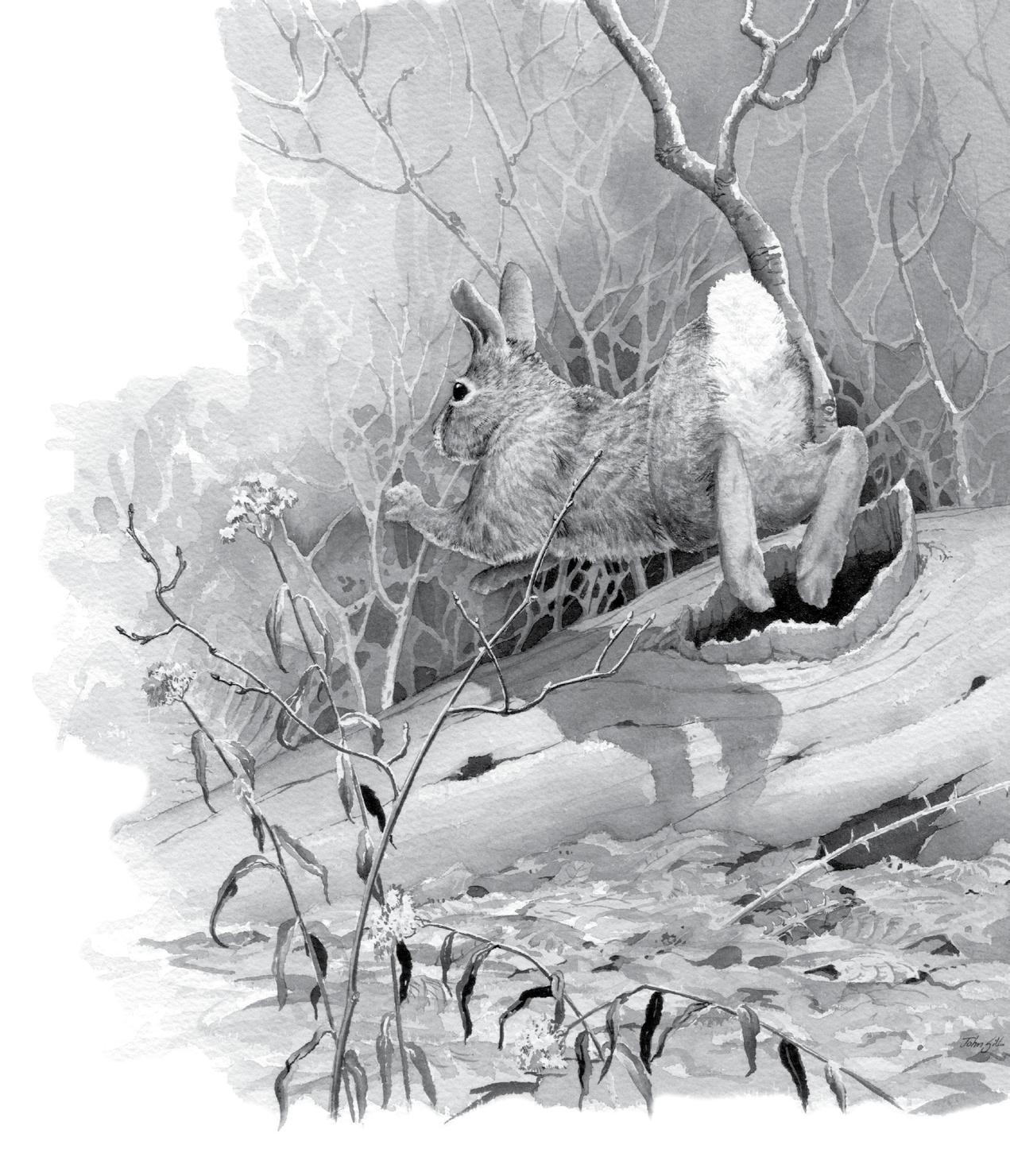 JOHN SILL
JOHN SILL
Freelance artist John Sill was born in St. Pauls, North Carolina. He graduated from North Carolina State University with a BS in wildlife biology. He has worked as a freelance illustrator since 1971. Although he illustrated many species and natural scenes, his favorite subject has always been birds, both real and imagined.
56 South Carolina Wildlife
JOHN SILL
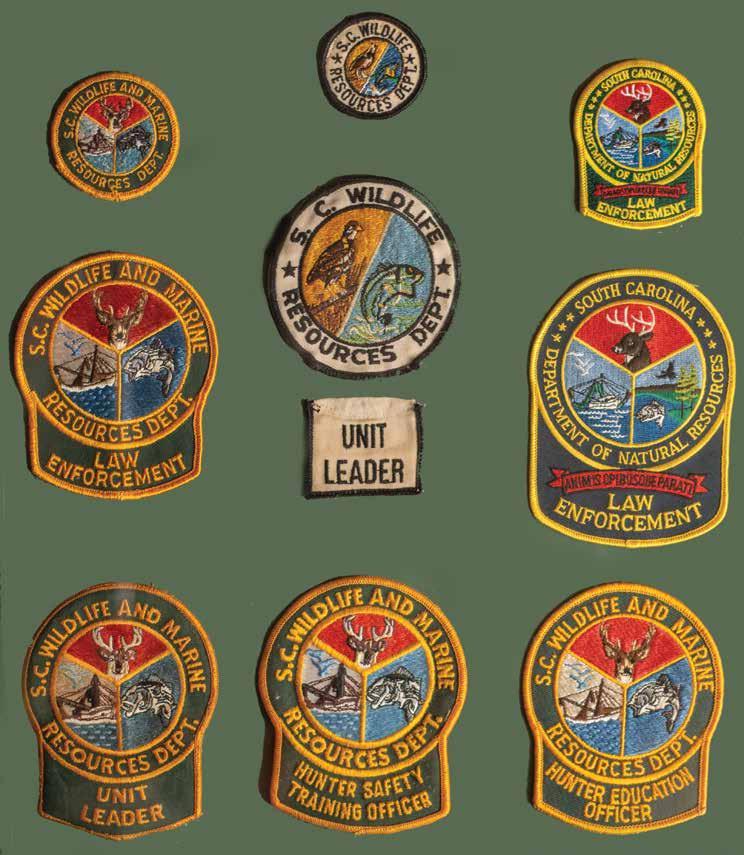
Check out Major Billy Downer’s collection of official patches from decades of uniforms for the agency including South Carolina Wildlife Resources Department, South Carolina Wildlife and Marine Resources Department and, of course, South Carolina Department of Natural Resources. This collection offers a visual timeline of how the agency has evolved to protect and advocate for all of the Palmetto State’s natural resources.

SOUTH CAROLINA DEPARTMENT OF NATURAL RESOURCES



 This poster was designed by Art Director Kathryn Badal Diaz to celebrate South Carolina Wildlife’s seventieth anniversary and her sixteen years designing SCW magazine. See page 54.
This poster was designed by Art Director Kathryn Badal Diaz to celebrate South Carolina Wildlife’s seventieth anniversary and her sixteen years designing SCW magazine. See page 54.
 — Robert H. Boyles Jr., Director South Carolina Department of Natural Resources
— Robert H. Boyles Jr., Director South Carolina Department of Natural Resources






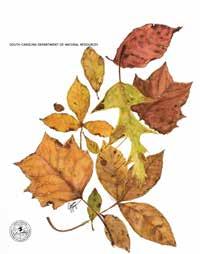


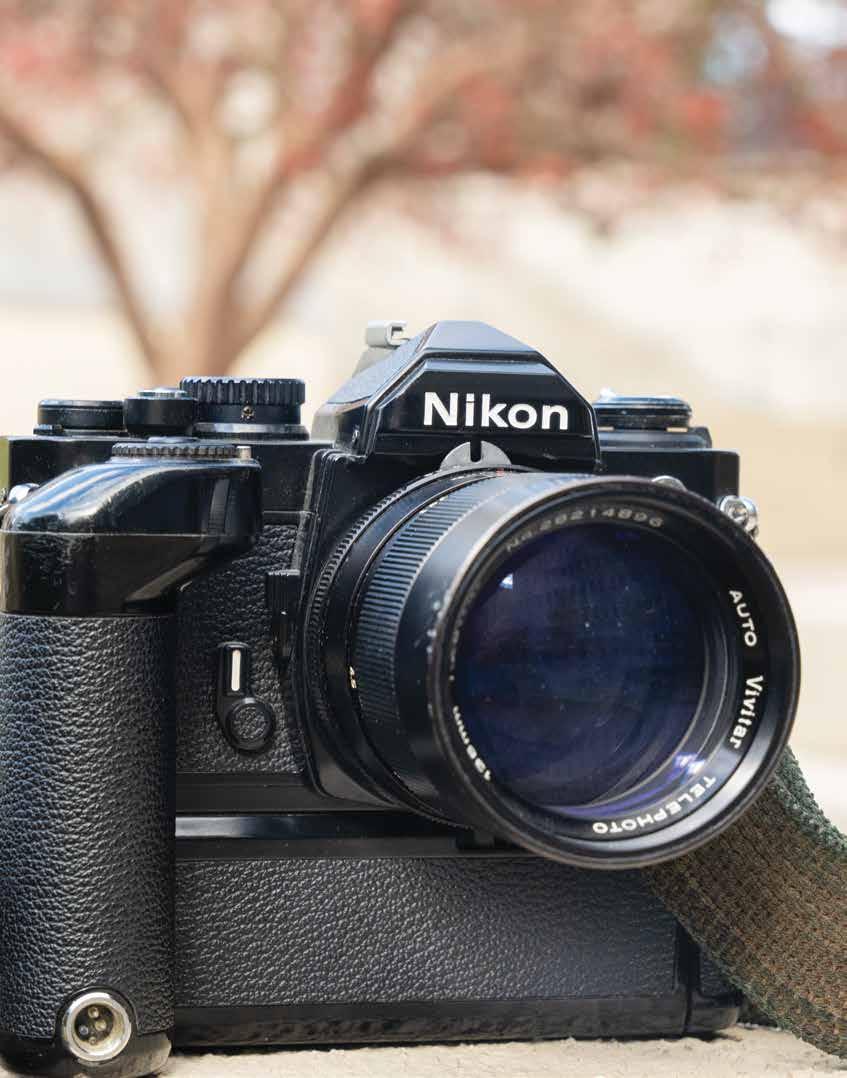










 JOHN SILL
JOHN SILL

